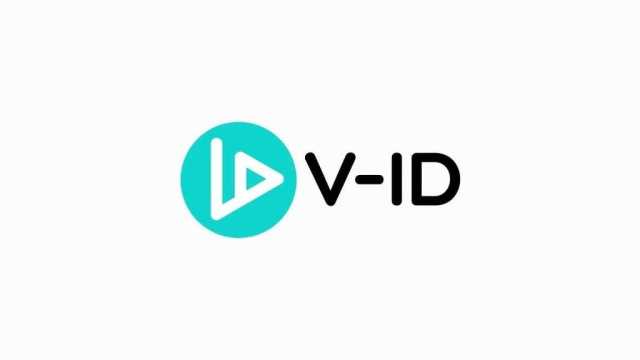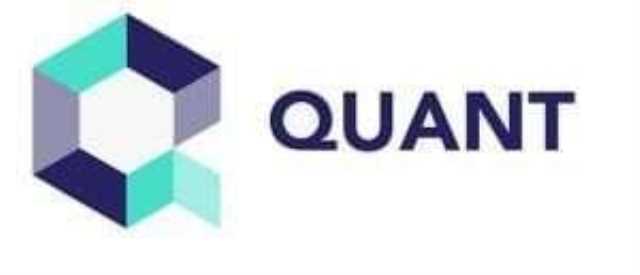
In exchange for supplying liquidity, lenders earn interest, which accrues in real-time directly within their wallets. Aave employs an algorithm to determine interest rates, which fluctuate based on the supply and demand dynamics within each unique liquidity pool on a specific blockchain. Additionally, Aave features a native token (AAVE), which holders can trade https://www.tokenexus.com/ or stake within the platform to earn rewards, contributing to the security of the network. Let’s explore the mechanisms behind Aave and how it aims to reshape lending and borrowing practices. The platform has gained popularity as a place where DeFi users can obtain flash loans. In return, lenders earn interest that the borrowers earn when withdrawing loans.
- If a shortfall event occurs, the protocol automatically mints and sells AAVE from this module to cover the gap.
- The Ledger Live App offers a gateway to manage your assets, check real-time balances, and track transaction histories.
- When Warren Demesme was up for trial in 2017 and asked the police “Why don’t you just give me a lawyer, dog?
- Regardless of origin, AAVE is usually negatively perceived in white-dominated professional spaces, such as politics and academia, in the United States.
- It was created by the Black psychologist Robert Williams in the hope of changing the conversation around the dialect, which was often referred to as lazy or broken English by the white establishment.
- For example, a business could tokenize $100,000 of unpaid invoices.
- Kulechov renamed ETHLend to Aave in 2018, shifting from peer-to-peer lending and borrowing to smart contract-powered liquidity pools.
Aave Protocol Documentation
Aave has a “safety module” containing staked AAVE tokens to provide insurance in case of shortfalls, such as undercollateralized loans. If a shortfall event occurs, the protocol automatically mints and sells AAVE from this module to cover the gap. Aave provides the ability to use real-world assets as collateral for loans, not just crypto. These “RWAs” are tokenized versions of actual assets like invoices, rental payments, royalties, and more. Flash loans allow users to instantly borrow crypto without any collateral, as long as the funds are returned by the end of the transaction. This works because the loan is atomic – if not paid back, the entire transaction reverses as if nothing happened.
Why would you want to borrow cryptocurrency?
The second iteration (v2) supports Ethereum natively, plus Polygon and Avalanche. According to analytics platform DeFi Llama, Aave v2 remains the largest public lending market, with $5.29 billion in TVL. Aave’s largest market is Aave Arc, a permissioned DeFi lending protocol used by financial institutions, such as Binance and What Is Aave Coinbase. If the value of the collateral for a crypto loan on Aave drops below a certain LTV, the platform can automatically pay back part of the loan through liquidation. This process involves selling up to 50% of the pledged collateral to pay back the loan and bring the LTV back within the limits of the loan agreement.
Challenges for Aave

Smart contracts, which are sets of code that automatically execute transactions when certain conditions are met, replace the middleman. Aave uses an Ethereum-based protocol and has a native crypto token, AAVE, that can be traded on most crypto exchanges or staked in the Aave platform to earn interest. More often than not, the use of these words will lead to impassioned debates on what kind of language we can and can’t use online, and who has the right to use language based upon what heritage they have.

Real World Assets – More Collateral Options
Getting Started with Aave


